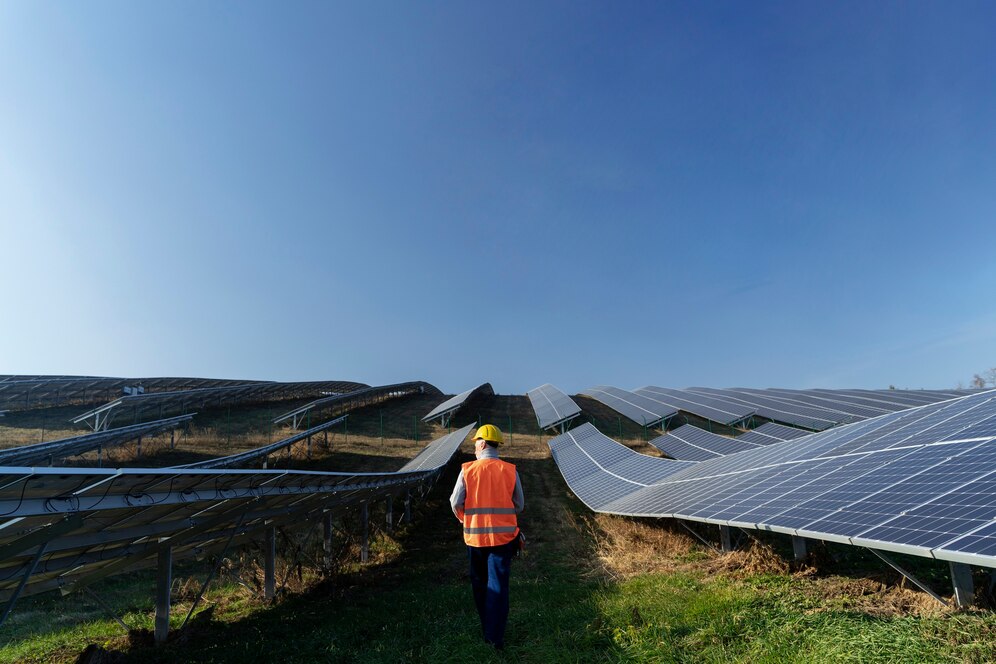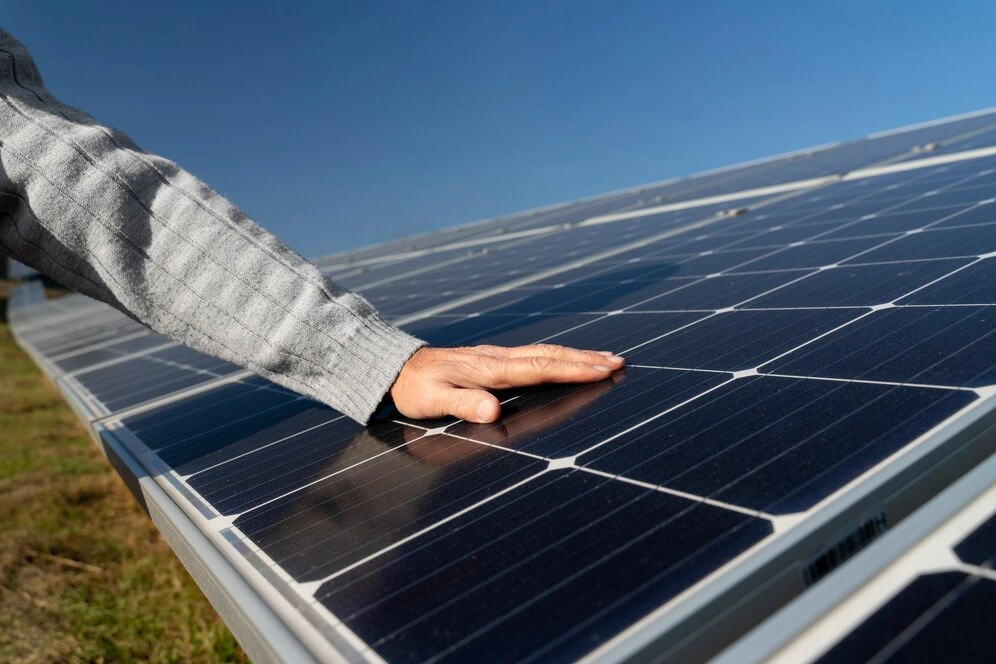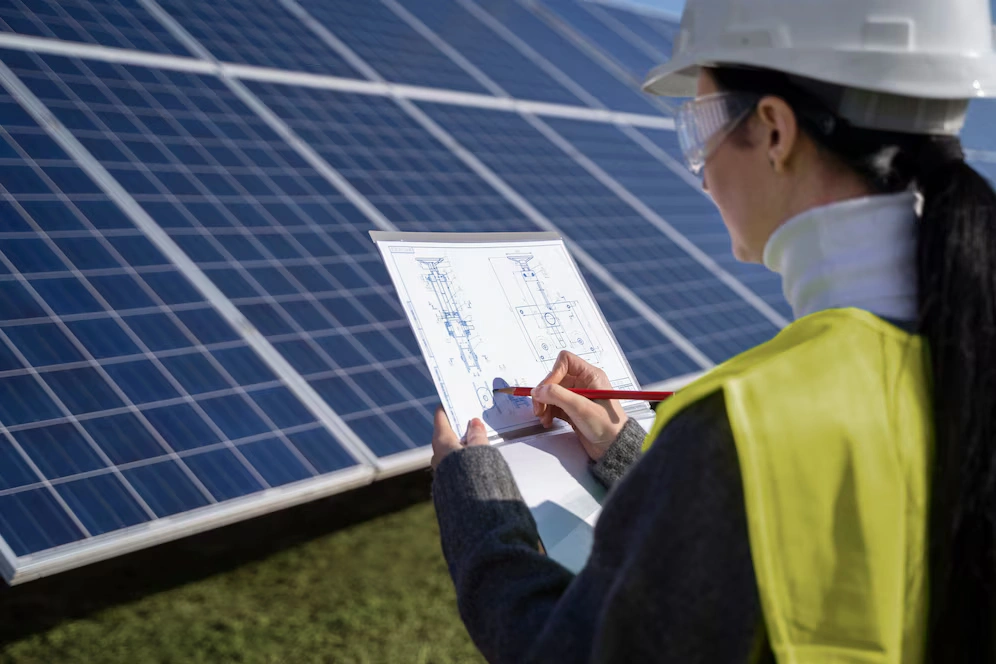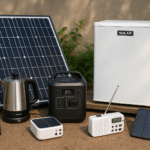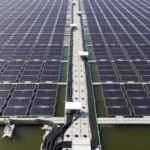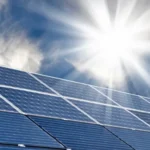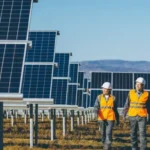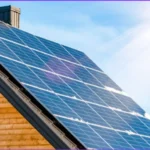FAQs
What is the difference between solar panels and photovoltaic systems?
Solar panels are the individual components that capture sunlight, while a photovoltaic system includes panels, inverters, batteries, and other elements that generate, store, and distribute electricity.
What is a photovoltaic cell and how does it work?
A photovoltaic cell is a small unit inside a solar panel that converts sunlight into electricity using semiconductor materials like silicon. When sunlight hits the cell, it excites electrons, generating an electrical current.
What are the three types of photovoltaics?
The three main types of photovoltaic systems are monocrystalline, polycrystalline, and thin-film. Monocrystalline panels are the most efficient, polycrystalline panels are cost-effective, and thin-film panels are lightweight and flexible.
Is PV better than solar?
PV (photovoltaic) systems are a type of solar energy technology. While PV generates electricity directly from sunlight, solar thermal systems use sunlight to heat water. The best option depends on energy needs and applications.
What is the difference between a solar cell and a photovoltaic cell?
There is no difference; a solar cell and a photovoltaic cell are the same thing. Both terms refer to the small units inside solar panels that convert sunlight into electricity.

